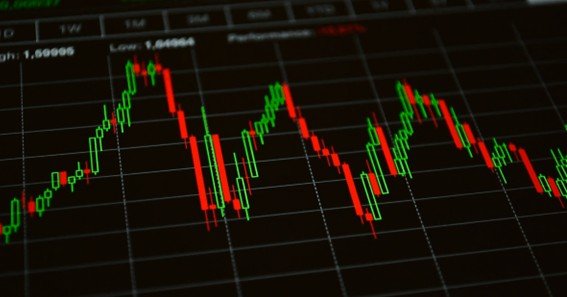In technical analysis, candlestick patterns help traders spot shifts in market sentiment. One such pattern, the Dark Cloud Cover, often signals a potential bearish reversal, especially after a strong upward trend.
For bullish investors, this pattern can be an early warning that the rally may be losing strength. Recognizing it on a chart can help avoid untimely entries or manage risk more effectively.
In this article, we’ll break down what the Dark Cloud Cover means and how bulls can respond smartly when it appears.
What is the Dark Cloud Cover Pattern?
The Dark Cloud Cover Pattern is a bearish candlestick formation signaling a potential reversal after an uptrend.
It consists of two candles: the first is a long bullish candle, followed by a bearish candle that opens above the previous high but closes below its midpoint, indicating a shift in market sentiment.
For example, if a stock rises to ₹150 with a bullish candle, and the next day opens at ₹152 but closes at ₹145, this forms the pattern. It suggests selling pressure is mounting, warning bulls of possible downside ahead.
Traders should use it cautiously, ideally with confirmation signals.
Implications for Bullish Traders
When a Dark Cloud Cover appears on a price chart, it’s like a warning light flashing for bullish traders. Here’s what it could mean for you if you’re holding long (buy) positions:
1. Signal of Potential Reversal
A sudden shift in momentum occurs when a strong opening is followed by a sharp close below the prior session’s midpoint.
This change reflects growing bearish sentiment and challenges the strength of the prevailing uptrend.
For market participants with long positions, such a signal warrants attention, as it often marks the early stage of a potential trend reversal.
2. Risk Management Alert
A Dark Cloud Cover pattern calls for heightened caution. It suggests sellers are regaining control, prompting bullish traders to reassess their positions.
Consider tightening stop-loss levels, securing partial profits, or scaling back exposure.
This proactive approach helps preserve capital while avoiding emotional reactions, ensuring disciplined trading as market momentum shifts from bullish optimism to potential downside risk.
3. Need for Confirmation
Confirmation is essential before acting on any bearish signal. A follow-up red candle, increased volume, or a break below key support levels validates the trend shift.
Without this, the pattern may be misleading, especially in volatile markets.
Tool like the best screener for Indian stocks help filter such signals efficiently, allowing traders to respond with greater precision and confidence.
Confirmation Techniques
Confirmation techniques are essential when interpreting the Dark Cloud Cover candlestick pattern, as they help traders distinguish between genuine bearish reversals and false signals. Here are the key methods to confirm the pattern:
- Volume Analysis: An increase in trading volume during the formation of the second (bearish) candle strengthens the validity of the Dark Cloud Cover pattern. High volume indicates strong selling pressure and a potential shift in market sentiment from bullish to bearish.
- Relative Strength Index (RSI): The RSI is a momentum oscillator that measures the speed and change of price movements. An RSI value above 70 suggests that the asset is overbought, which can precede a price decline. If a Dark Cloud Cover pattern forms when the RSI is above 70, it reinforces the likelihood of a bearish reversal.
- Moving Averages: Observing the asset’s position relative to key moving averages, such as the 50-day or 200-day moving average, can provide additional confirmation. If the Dark Cloud Cover pattern forms near or below these moving averages, it may indicate resistance and a potential trend reversal.
Conclusion
The Dark Cloud Cover pattern warns that a price drop may be coming after a rise. For bulls, it’s a sign to be cautious and not blindly stay invested. It’s smart to wait for more proof before making a move. Always use stop-losses and check other indicators to avoid losses and make better trading decisions.








